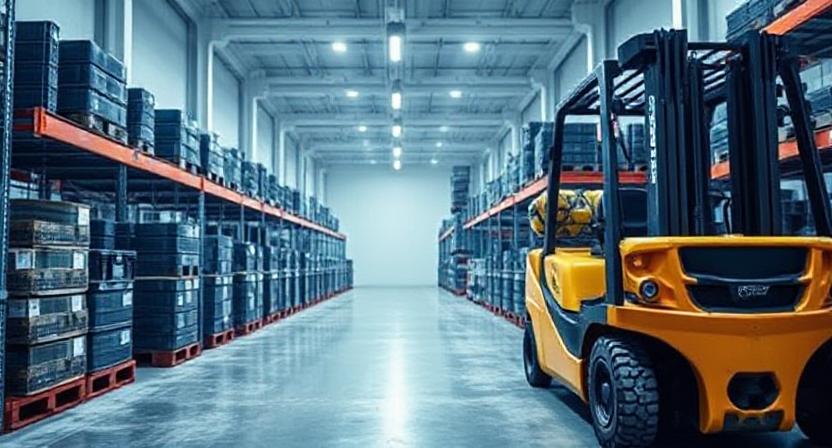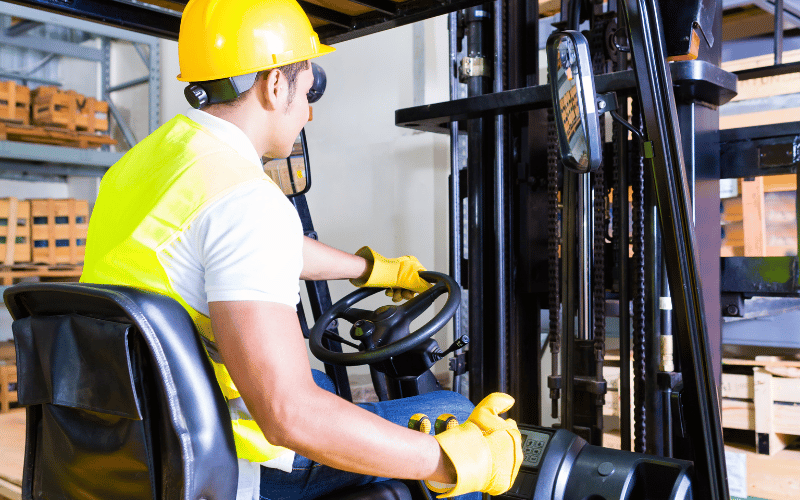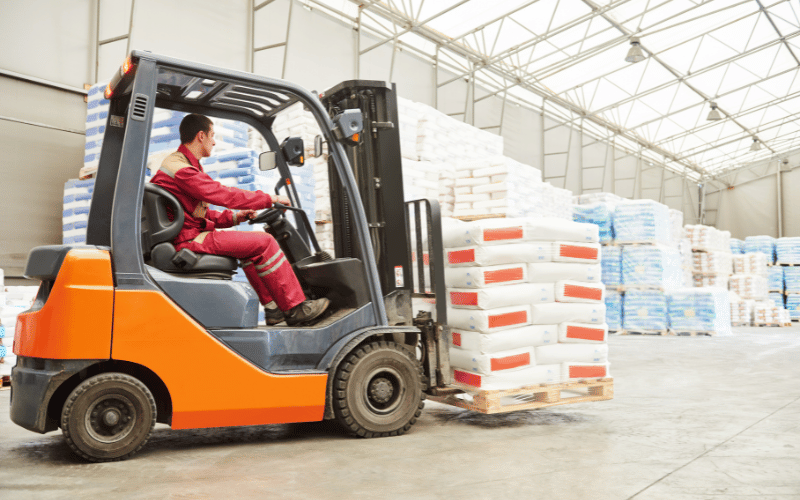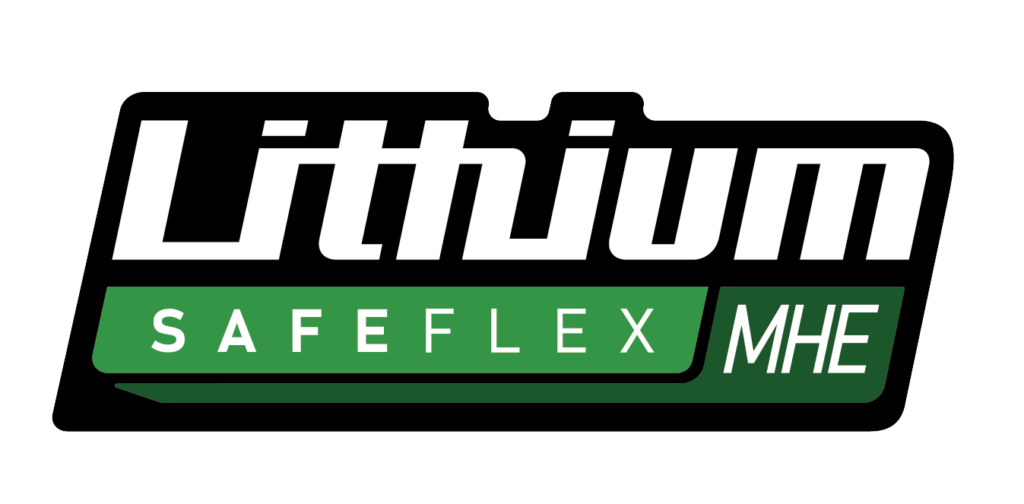This website uses cookies so that we can provide you with the best user experience possible. Cookie information is stored in your browser and performs functions such as recognising you when you return to our website and helping our team to understand which sections of the website you find most interesting and useful.

Motive Power Solutions
Our Motive SAFEFlex batteries bring unmatched efficiency and reliability to material handling, aviation ground support equipment, and more.

Mobile Power Solutions
Our Mobile Power Solutions redefine energy efficiency for medical and field operations. Experience the freedom of robust, portable power.
Plug Into Seamless Power
Experience the ease of our reliable solutions, where powering up is as simple as plug-and-play.
35 Years of Powering Progress
Trust in our decades of expertise and the proven success of our lithium ion batteries to energize your business.
Tailored Power, Total Control
Our deep understanding translates into perfectly suited power management for your entire facility. Green Cubes is one of the leading lithium battery companies.
300 MWh and Counting
Join the ranks of satisfied customers who've propelled us to this impressive sales milestone. Greencubes - USA lithium battery manufacturers.
Support That Never Sleeps
Depend on our mature service team, ready 24/7, to ensure your operations run smoothly around the clock.
Integrated Power, Integrated Success
Leverage our comprehensive ecosystem knowledge for seamless integration and unparalleled operational efficiency.
Industrial Battery Manufacturers & Suppliers USA : 35 Years of Powering Progress
Green Cubes is one of the best lithium battery companies in the USA. Trust in our decades of expertise and proven success to energize your business with reliable lithium solutions, including our advanced lithium batteries designed for diverse industrial applications.

Material Handling
Learn More
Ground Support Equipment
Learn More
Industrial Equipment , industrial lithium battery
Learn More
Healthcare
Learn More
lithium battery cold storage
Learn More
Powered Carts
Learn MoreChoose Green Cubes for
Industrial Lithium Batteries and Chargers
Green Cubes industrial lithium batteries and chargers are designed not just to power your operations but to do so in a way that significantly reduces your carbon footprint, slashes operational costs, and enhances overall efficiency. With each industry we serve, we ensure that our technology is perfectly aligned with the specific challenges and needs of your equipment.








Customer Ratings and Reviews
Stay Updated with Our
News and Innovations
Looking for more insights?
Check out our Knowledge Base or read our Blog now.









